Mackay box jellyfish sting: Expert explains critical first aid if stung
Stinger suits remain the best protection against marine stingers as debate fires up on why Mackay’s beaches do not have swimming enclosures. Here’s why.
Stinger suits give swimmers the best protection against jellyfish as debate fires up on the polarising issue of swimming enclosures in Mackay.
Mayor Greg Williamson says swimming enclosures, which many people believe help stop marine stingers, are not suited to Mackay’s coast.
He said the only effective protective measure against all species of jellyfish was stinger suits.
The comments come in the wake of 14-year-old Mark Angelo Ligmayo’s tragic death in hospital after he was stung by a box jellyfish at Eimeo Beach on Saturday.
“There is only one level of protection in terms of marine stingers,” he said.
“Between November and April, when the stingers are out, and they are certainly out in force this year, the only degree of protection is to wear a stinger suit and swim at a patrolled beach.”
Mr Williamson said the environmental conditions that prevail across the region made stinger nets largely ineffective and a net would not have saved Mark Angelo.
“Stinger nets don’t work in this region,” he said.
“There has never been an enclosure at Eimeo.
“A stinger net, in this particular occasion, it would have been sitting on the sand because it was low water.
“There is no sense in saying a stinger net would have prevented this, it would not have.”
Mr Williamson also said stinger nets could offer some protection against box jellies, but could not stop the infiltration of irukandji.
He said deadly marine stingers could slip through if enclosures and nets were damaged.
“Who checks them every day to make sure there is no damage, there are no great gaping holes that box jellyfish or sharks or anything else can get in?,” he said.
He said there was danger in the “false sense of security” nets and enclosures generated in swimmers.
“It’s a false sense of security to think that enclosed in a stinger net you’re safe, you’re not,” he said.
“The only level of protection that makes you safe for swimming in the waters in our region, is a stinger suit and swimming at a patrolled beach.”
Moving forward, Mr Williamson said the council would review its awareness campaigns to make the danger of stingers clearer to people.
“The message we have to get out, and more so now, is that November through to April, if you are swimming in the ocean, wear a stinger suit,” he said.
Mr Williamson has offered his heartfelt condolences to the family.
“It’s just a disaster for the family, you just cannot imagine the trauma they are going through,” he said.
“Our heart goes out to the family.”
Doug Peterson, who spearheads the Save Bucasia Swimming Enclosure group, wants to see enclosures return to Mackay’s beaches and is fighting to see an enclosure reinstalled at Bucasia.
He points to the minutes from a council meeting on March 28, 2018 which moved a motion to implement lifeguard services as the option for safe swimming in the Northern Beaches rather than consider rebuilding the Bucasia enclosure.
“[The community] was told it was safer to swim at Eimeo where there are lifeguards and drag nets rather than at the Bucasia Enclosure,” Mr Peterson said.
“This is serious stuff,” Mr Peterson said.
MHHS data shows stingers and jellyfish a regular threat
Mackay Hospital and Health Service data shows stingers and jellyfish pose a regular threat to swimmers.
Since July 1 2020 to February 28, 2022, 123 people have presented to the region’s hospitals suffering from stinger attacks.
Bowen Hospital has treated 41 stings, Mackay Base 32, Proserpine Hospital 39 and Sarina Hospital 11.
Irukandji and other jellyfish make up the bulk of presentations, though stingrays have also caused multiple injuries.
The data shows two patients have presented to Mackay Base suffering from deadly box jellyfish stings.
Mackay Base Hospital emergency department acting director Dr Bauke Hovinga said the figures did not reveal the full threat from stingers and jellyfish.
“Our figures only represent people whose pain was severe enough to come to the hospital,” he said.
“Many others are treated by lifeguards and the ambulance.”
Dr Hovinga encourages people to be more aware of the often-concealed marine creatures.
“We know it’s hot and that the best way to cool down is by going for a swim but people need to be aware that there are stingers and jellyfish about,” he said.
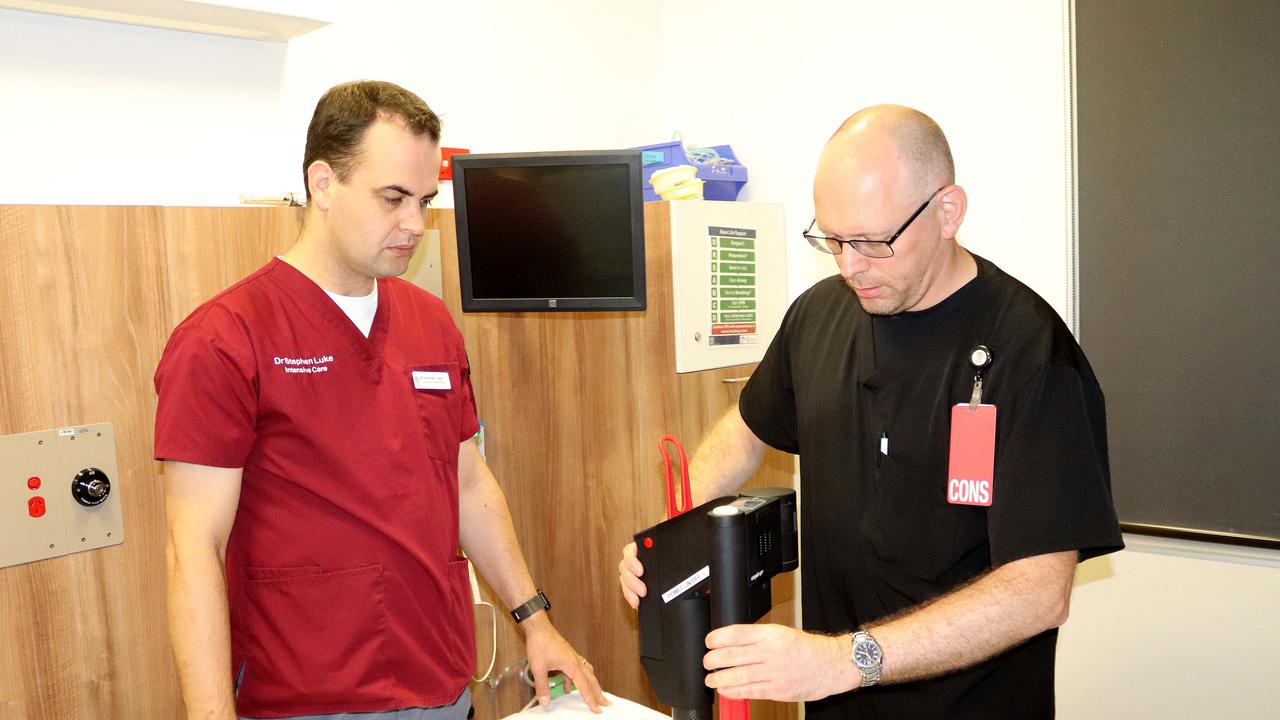
“If you must swim at the beach a protective suit such as a wetsuit or lycra suit will protect the covered areas of the body and significantly reduce your risk of being stung.
“Not even a stinger suit offers full protection with some people being stung on the face, neck and hand.
“The extremely dangerous Chironex box jellyfish is a constant threat throughout the warmer months on the northern Queensland coast.
“Jellyfish that cause the Irukandji syndrome can be found at a beach for just a few days or for weeks on end, so you must always remain alert during the stinger season.”
Dr Hovinga also said different stingers presented different threat levels.
“The effects of an encounter with a jellyfish can range from receiving a painful sting, right through to a fatal sting,” he said.
“For example, a major box jellyfish sting is excruciatingly painful and immediately life threatening, whereas Irukandji syndrome may take from a few minutes to 45 minutes to develop.
“Pain inflicted by a marine stinger can be alleviated with some basic treatment while you wait for transport to hospital.”
For irukandji and box jellyfish, Dr Hovinga recommended dousing the sting site liberally with vinegar to neutralise the stinging cells.
The patient should be taken to the nearest hospital for immediate medical assessment.
For blue bottle jellyfish, Dr Hovinga recommended washing the affected area with water to remove the tentacles and seek medical advice.
Do not use vinegar.
Explained: Why box jellyfish stings are so dangerous
There is only one treatment option available for a deadly box jellyfish sting and it often comes too late.
“Get to the hospital,” University of Queensland jellyfish expert Professor Bryan Fry said.
“You need to get to the hospital where they have the anti-venom.”
The Mackay community has been rocked by the tragic death of Mark Angelo Ligmayo at the weekend, who emerged from the water at Eimeo Beach wrapped in 2m of venomous box jellyfish tentacles.
Mark Angelo was doused in more than 30 litres of vinegar but the professor said box jellies posed an “acute emergency.”
“Vinegar is not a first-aid, it does nothing about what is already in you,” he said.
“All it does is prevent things from getting worse.”
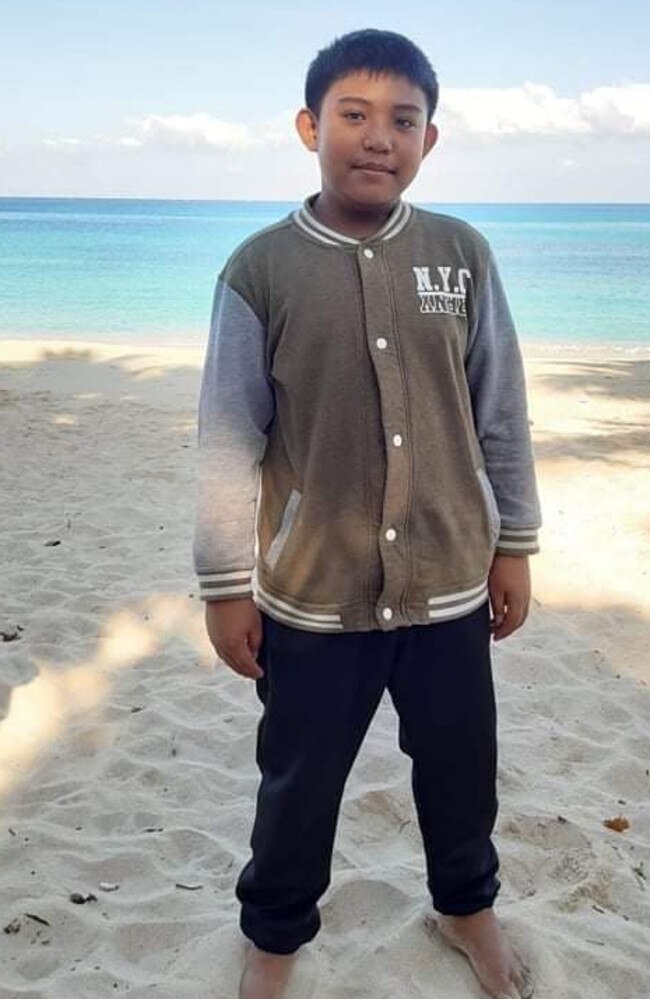
Professor Fry has been studying jellyfish for 11 years and said they could kill in two ways.
“With box jellies, you’ve got two ways to die, neither of which is particularly pleasant,” he said.
“The first is that the pain is just so extreme that your body goes into shock and you die from just the pain alone.
“Where the pain is so intense your body just can’t cope and shuts down.
“And then if you survive that, about 15-20 minutes later, you could die from the direct actions of the venom causing cardiovascular collapse.”
Mark Angelo had already gone into cardiac arrest when ambulance crews were called to Eimeo Beach.
He passed away at Mackay Base Hospital.
Professor Fry has experienced the “indescribable” pain of a box jellyfish sting and said there was very little that could compare to it.
Professor Fry was exposed to just 10cm of tentacle but in his telling, it was “enough.”
“It was like somebody had whipped me with a piece of molten metal and then poured battery acid into it,” he said.
“The pain is insane.”
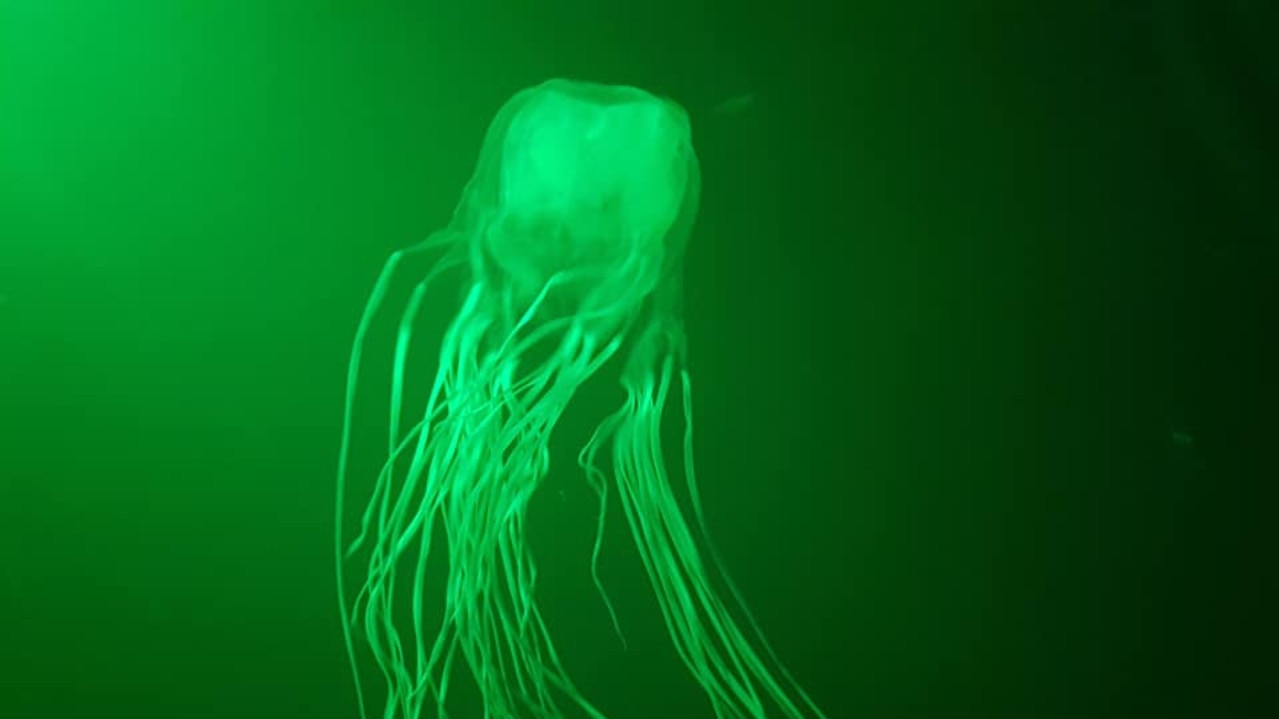
Box jellyfish have four nodes with 15 tentacles on each node.
Each tentacle can be 3-4m in length.
Professor Fry said stinger nets were effective against box jellyfish, but Mackay’s environment worked against them.
“They (stinger nets) are very effective against the box jellies, but of course the problem with the Mackay region is you have those monster tides and so if you have stinger nets, they are only going to be useful for a window of time each day,” he said.
“They’re either going to be submerged or they are going to be up on the land at any given point.”
Professor Fry recommends swimmers use suits.
“Whenever I go to the beach I wear them for sun protection but also for stinger protection,” he said.
‘They did an amazing job’: QAS praises Eimeo Beach lifeguards
Queensland Ambulance Service acting operations supervisor Kaylene Wells has singled out the young Eimeo Beach lifeguards for their ‘amazing’ dedication to Mark Angelo Ligmayo, the young boy who tragically lost his life at the weekend after suffering a deadly box jellyfish sting.
As ambulance crews raced to the scene, the lifeguards doused Mark Angelo in vinegar to neutralise any additional venom and set to work picking the tentacles off his body.
Three ambulance crews attended the scene, two from North Mackay and one from South Mackay.
The crews picked up anti-venom on their way and administered it through a drip on the beach.
“They (the paramedics) were given really good and a lot of assistance by the lifeguards there,” Ms Wells said.
“They did an amazing job.”
Ms Wells said it was a difficult scene to manage because of the sand, tide and presence of bystanders.
“That would be a really confronting scene for anyone, let alone 16-year-old lifeguards,” she said.
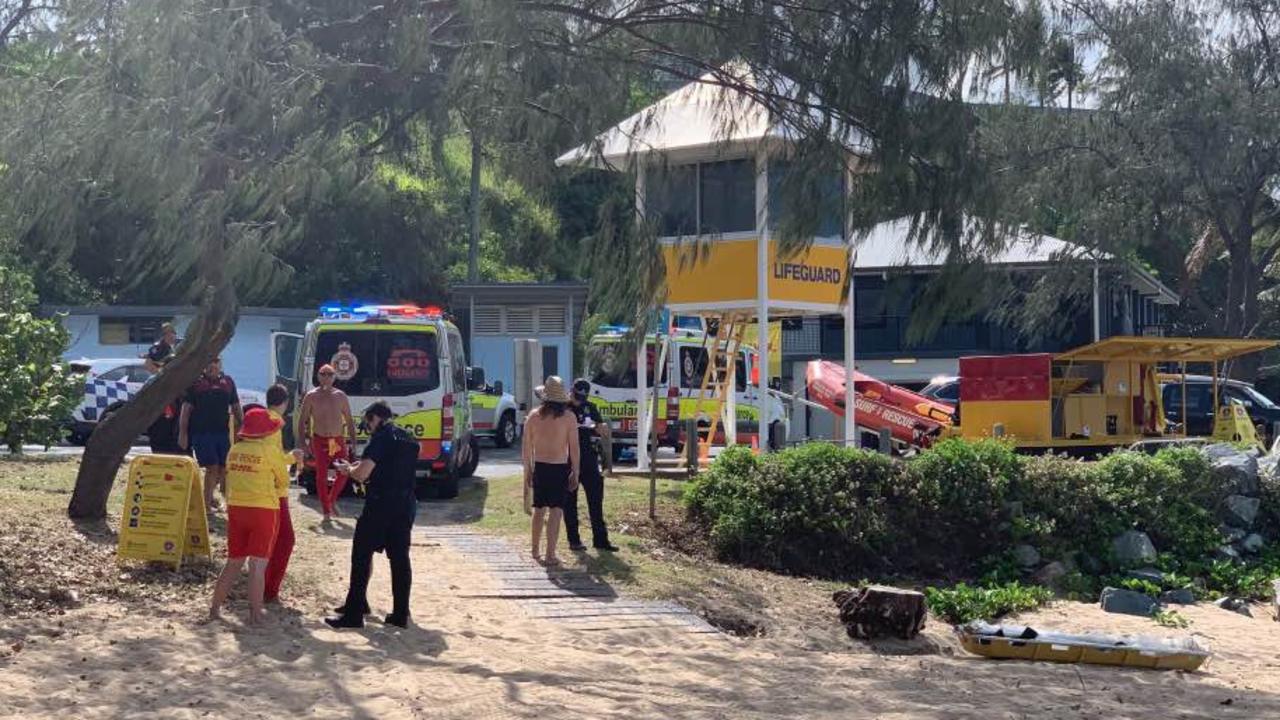
Police officers also attended the scene.
“It was a very multi-agency response.”
Mark Angelo had entered into cardiac arrest by the time the crews were called to the scene.
Ms Wells said a lot of resources were put into resuscitating Mark Angelo.
In the aftermath of the tragedy, she said her QAS colleagues had support services available to them.
“Our people, they are all very professional and well trained,” she said.
“And a lot of them are people that are very seasoned paramedics that went to that job.
“We have got a very close-knit bunch of people here, so everyone is able to talk to each other if jobs don’t go as we like them to go.
“So in the first instance, they can talk to their peers.
“But we do also have other things available, like priority one, that’s our support service and counselling service.
“They would have all been contacted after the fact, just to see that they were travelling OK.”
Ms Wells said she had reached out to the lifeguards to check on their welfare since the terrible day.
“We just went out, just to see them, make sure they are travelling as well as we hope that they can be and tell them that they did a really good job,” she said.
“Because they did, they did an amazing job.”
Eimeo Triathlon called off after tragedy
A handful of athletes descended on the shores of Eimeo Beach at 5am Sunday, expecting to be greeted by crowds and lights but were instead met with the quiet scene of a tragic accident.
Mackay Triathlon Club president John Platts was waiting for the would-be Eimeo Triathlon participants who had not heard the sad news, a 14-year-old boy had died after being stung at the beach just 12 hours earlier.
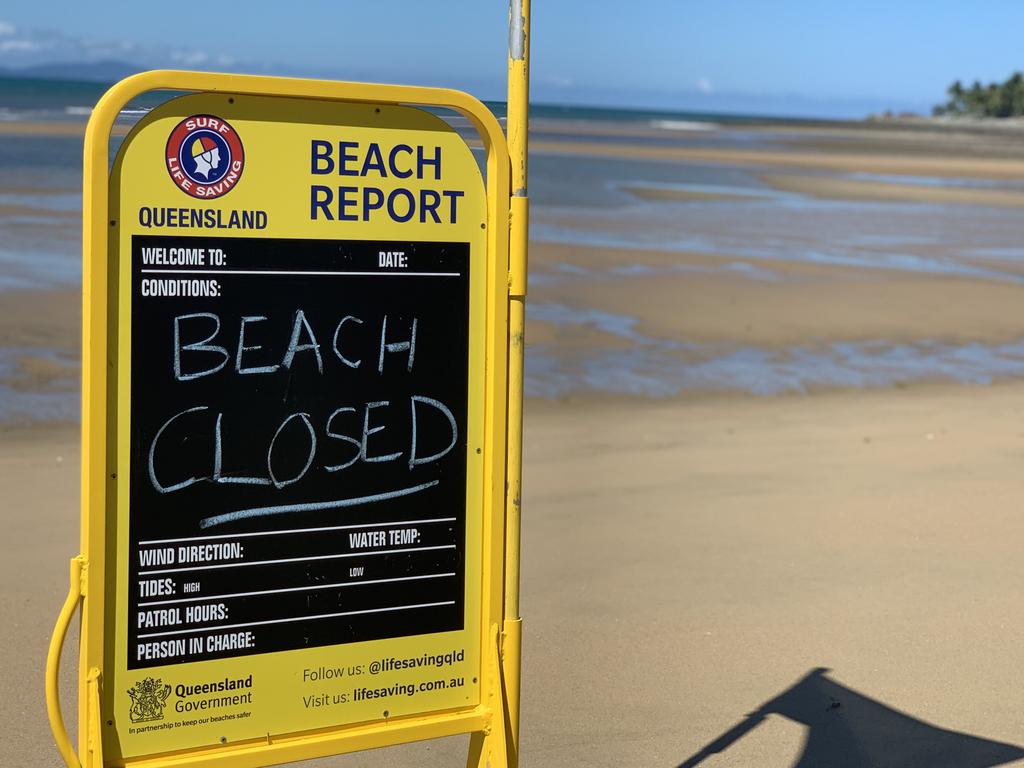
The club made the decision to call off the biannual Eimeo Triathlon, but with many athletes travelling from Rockhampton and Townsville, not everyone received the message.
“There were only a few that didn’t hear, they were devastated,” Mr Platts said when he informed the newcomers early Sunday morning.
He said the news had rocked the club, which regularly trains in the open waters around Mackay.
“We are just devastated, what do you do?” Mr Platts said.
“You can’t put it into words, we feel so sad for the poor family.”
The tragedy hit close to home with Mr Platts saying club was meant to do a warm up swim at Eimeo Beach on Saturday afternoon.
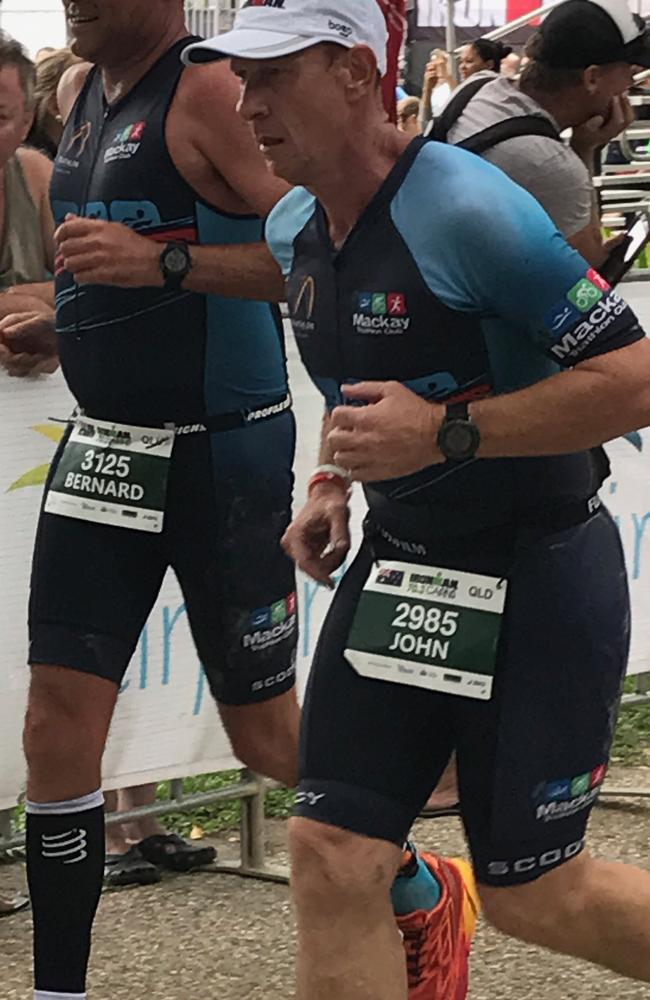
Near-resounding support surfaced on social media for the club’s decision to cancel the race, with many participants offering for their refunds to go to the young teen’s family or the Eimeo Surf Life Saving Club.
At present the entry prices would be transferred to the club’s next race unless an email was received requesting a refund instead of a transfer.
Mr Platts said the Triathlon Club would be calling a committee meeting to see what could be done.




